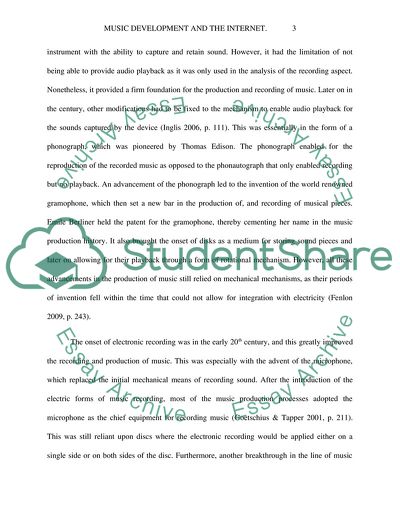Cite this document
(How the Internet Has Changed the Music Industry for Artists Essay, n.d.)
How the Internet Has Changed the Music Industry for Artists Essay. https://studentshare.org/music/1790381-research-the-developments-of-music-and-how-the-internet-has-changed-the-music-industry-for-artists
How the Internet Has Changed the Music Industry for Artists Essay. https://studentshare.org/music/1790381-research-the-developments-of-music-and-how-the-internet-has-changed-the-music-industry-for-artists
(How the Internet Has Changed the Music Industry for Artists Essay)
How the Internet Has Changed the Music Industry for Artists Essay. https://studentshare.org/music/1790381-research-the-developments-of-music-and-how-the-internet-has-changed-the-music-industry-for-artists.
How the Internet Has Changed the Music Industry for Artists Essay. https://studentshare.org/music/1790381-research-the-developments-of-music-and-how-the-internet-has-changed-the-music-industry-for-artists.
“How the Internet Has Changed the Music Industry for Artists Essay”. https://studentshare.org/music/1790381-research-the-developments-of-music-and-how-the-internet-has-changed-the-music-industry-for-artists.


